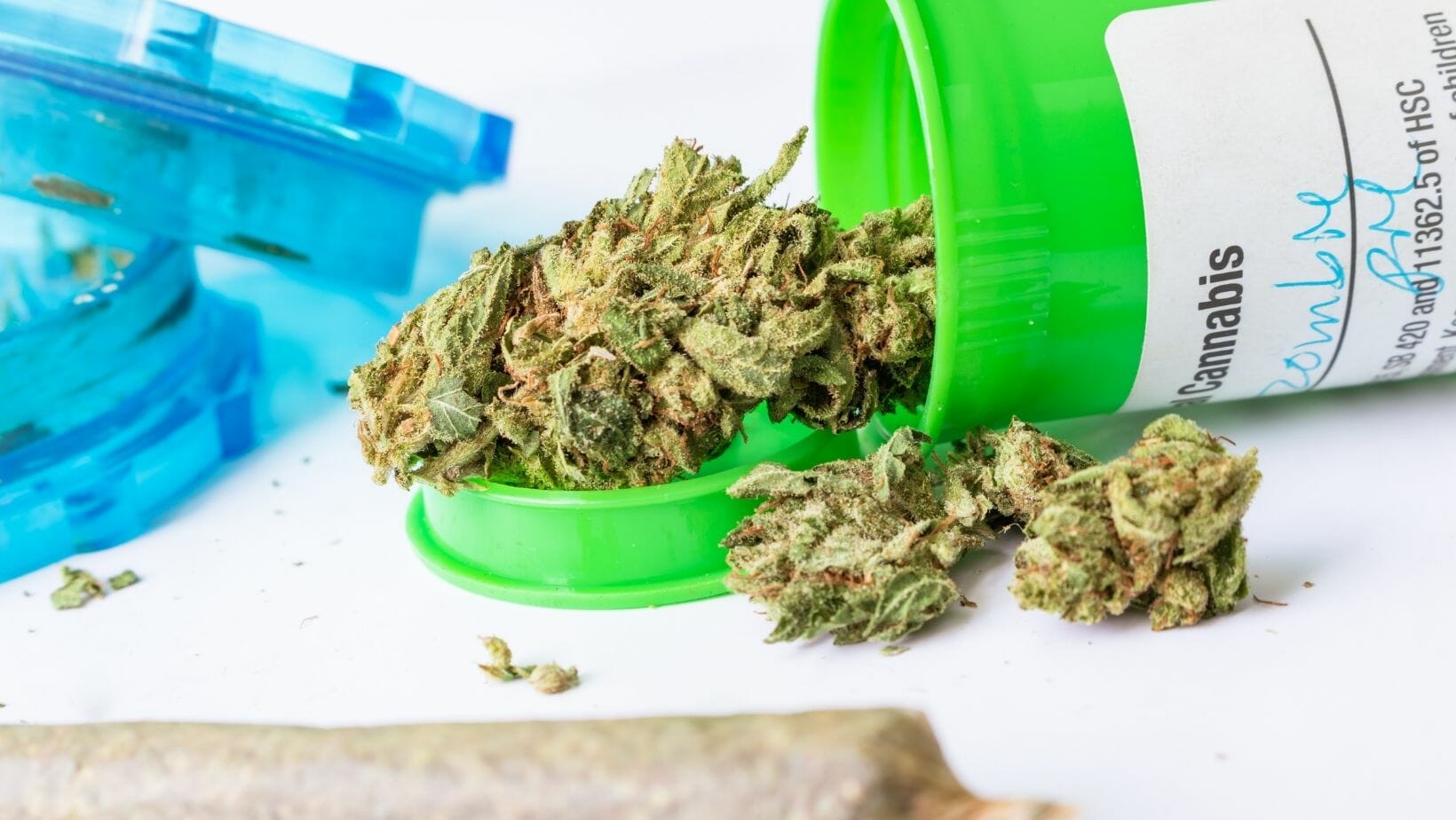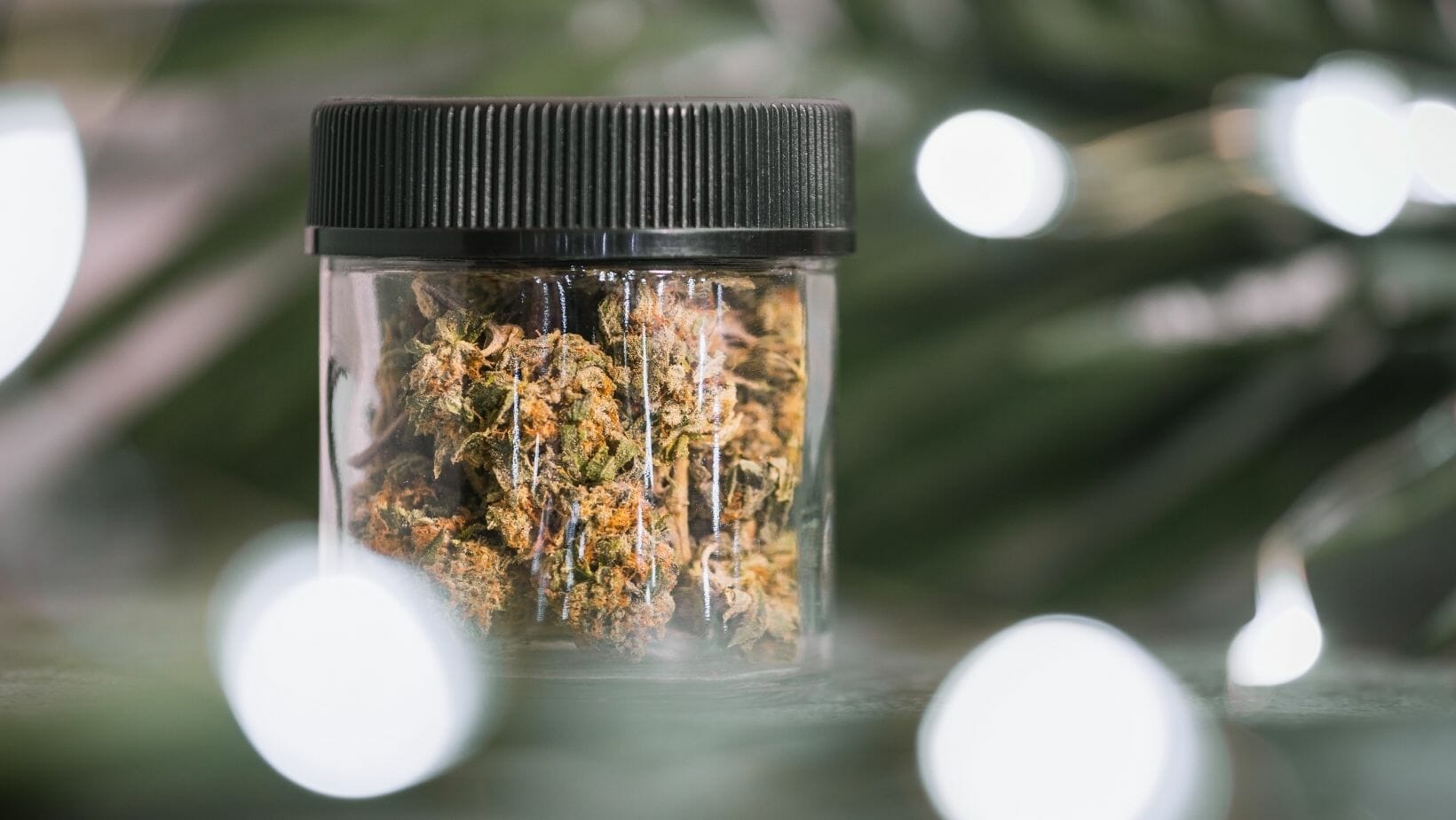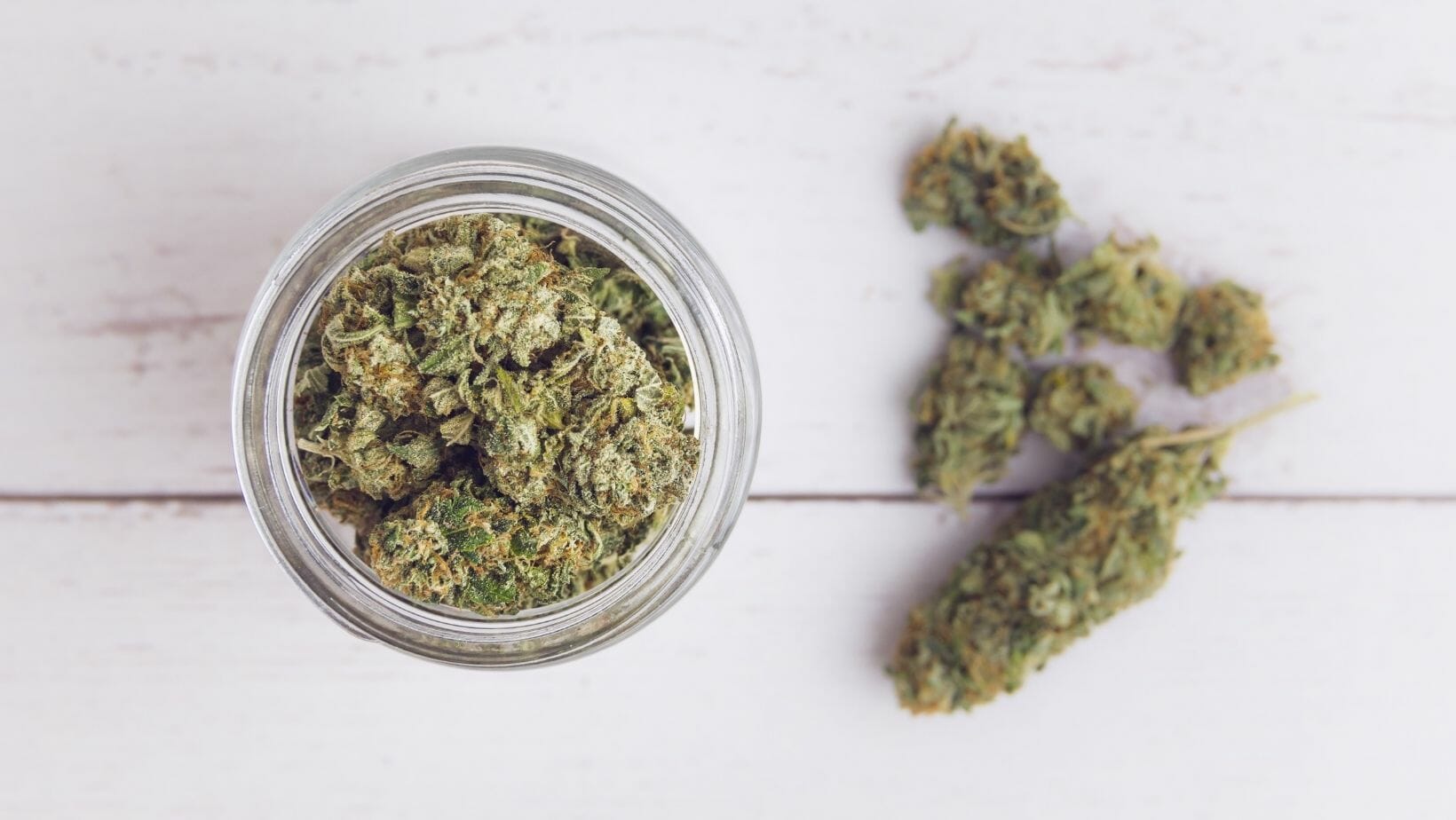
Although many countries have legalized medical marijuana, the status of medical cannabis is still relatively in the gray area. Depending on the doctor and the quantity of cannabis needed, many patients tend to grow high cbd marijuana seeds for their own supply of medical cannabis.
Side Effects
Symptoms of side effects are common with cannabis use. Some chronic users of cannabis develop problems associated with its use. These side effects are dependent on the type of cannabis, dose, and the amount of tolerance the user has developed. THC can increase cardiac output, tachycardia, and blood pressure and can cause sleepiness. Although these symptoms are usually temporary, the patient may experience some discomfort. This article describes the most common side effects of medical cannabis and discusses how to reduce them.
In a study of a larger group of patients, researchers analyzed the adherence of these patients to their cannabis treatment regimen. Eighty-seven percent of patients began treatment with cannabis, and only 2.7% of patients stopped treatment due to side effects. Another study evaluated patients’ compliance with treatment regimens by determining the proportion of patients who purchased refills. Overall, adherence was high; 98.3% of patients reported that their symptoms had improved.
Legality
In Canada, the use of medical marijuana is legal. It can be obtained in the form of buds, capsules, dermal patches, and sprays. Some countries even make synthetic cannabinoids available for prescription purposes, such as dronabinol or nabilone. Some countries are allowing medical use of the entire plant, including Canada, the U.S. Virgin Islands, and the Northern Mariana Islands.
In Colorado, medical marijuana became legal in 2000. However, the state limits the role of physicians in prescribing and administering medical cannabis. For example, the patient cannot dictate dosage or frequency of use. And while medical marijuana is legal in the state, the federal government still categorizes it as a Schedule I drug, which means that it has no current medical use but has a high potential for abuse. Other drugs that are classified as Schedule I include heroin, LSD, and MDMA.
Cost
A recent survey shows that nearly half of respondents cited the cost of medical cannabis as a major strain on their finances. Many were concerned about the risks of being arrested or facing other legal problems, and a significant number were also worried about the potential impact on employment. Of those, 79.7% reported that they had already experienced workplace drug testing. Despite the potential benefits, the high price tag of medical cannabis has many drawbacks.
In the U.S., the price of medical cannabis is often higher than the cost of pharmaceuticals. The dispensing fees at Columbia Care’s D.C. dispensary are over $11,000, and the markup is typically around 8% of the cost of the ingredients. Then there is the sales tax. In December, the cost of one gram of medical cannabis from licensed producers was $163. That costs around $8 per gram, and the cost of shipping it to a registered user is approximately $163.





